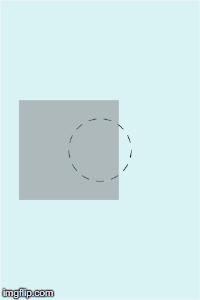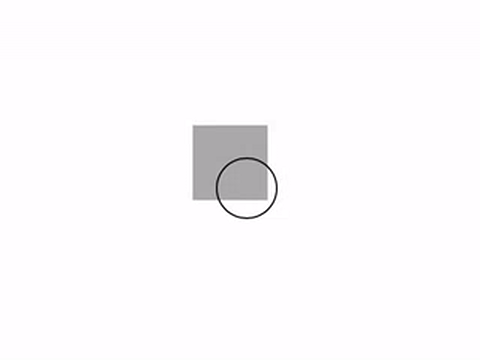How do I animate a UIView along a circular path?
Answer
Updated: Update code to Swift 4. Use #keyPath rather than string literal for keyPath.
Use UIBezierPath and CAKeyFrameAnimation.
Here is the code:
let circlePath = UIBezierPath(arcCenter: view.center, radius: 20, startAngle: 0, endAngle: .pi*2, clockwise: true)
let animation = CAKeyframeAnimation(keyPath: #keyPath(CALayer.position))
animation.duration = 1
animation.repeatCount = MAXFLOAT
animation.path = circlePath.cgPath
let squareView = UIView()
// whatever the value of origin for squareView will not affect the animation
squareView.frame = CGRect(x: 0, y: 0, width: 50, height: 50)
squareView.backgroundColor = .lightGray
view.addSubview(squareView)
// You can also pass any unique string value for key
squareView.layer.add(animation, forKey: nil)
// circleLayer is only used to locate the circle animation path
let circleLayer = CAShapeLayer()
circleLayer.path = circlePath.cgPath
circleLayer.strokeColor = UIColor.black.cgColor
circleLayer.fillColor = UIColor.clear.cgColor
view.layer.addSublayer(circleLayer)
Here is the capture:
Moreover, you can set the anchorPoint property of squareView.layer to make the view not animate anchored in it's center. The default value of anchorPoint is (0.5, 0.5) which means the center point.


